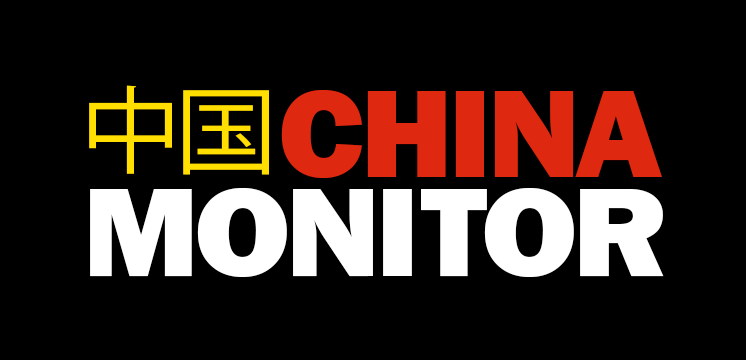THREE SEAS PARTNERSHIP
Date: 4 June 2024 Author: Giovanni Neri
The Value of Energy Interconnection in Three Seas region
Improving cross-border electricity interconnections is one of the main goals of the European Union, as well as improving security of energy supply and fostering renewable energy sources into the markets.

______
The “Three Seas Partnership” program is financed by the National Institute of Freedom – Center for the Development of Civil Society as part of the Government Program Civic Initiatives Fund #NOWEFIO for years 2021-2030.
Support Us
If content prepared by Warsaw Institute team is useful for you, please support our actions. Donations from private persons are necessary for the continuation of our mission.
All texts published by the Warsaw Institute Foundation may be disseminated on the condition that their origin is credited. Images may not be used without permission.













